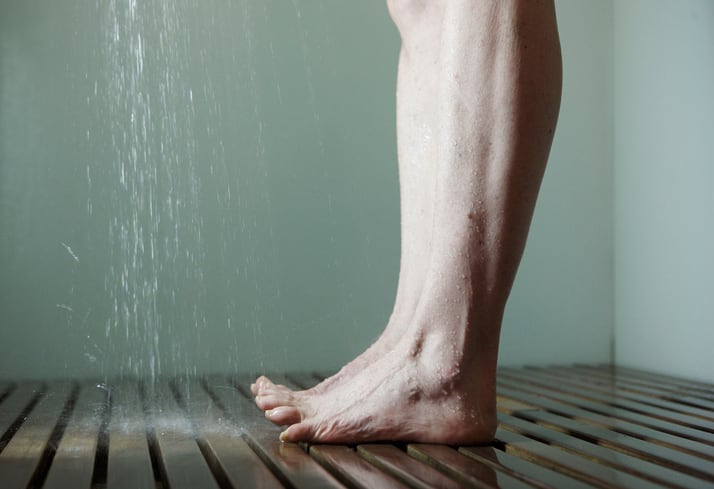Back in October 2022, Weleda certified its entire product portfolio climate neutral via independent certifier TÜV Nord. As part of its continued and ongoing climate strategy, the company was now closely looking to reduce its Scope 3 carbon emissions – those considered indirect and beyond assets owned or controlled by the company, including those of suppliers and partners upstream and downstream and consumers using Weleda products.
Stefan Siemer, head of corporate sustainability at Weleda, said the company’s own operations – Scope 1 and Scope 2 emissions – had been fully offset since 2021 and accounted for less than 1% of its total climate footprint. The company was now, therefore, focused on reducing Scope 3 emissions.
Scope 3 emissions are ‘correspondingly challenging’
“We have done a good job in achieving Scope 1 and 2 and we must continue with the same incentive in Scope 3,” Siemer told CosmeticsDesign-Europe.
However, reductions in this area were “correspondingly challenging and more likely to be achieved in the mid- and long-term”, he said.
And this was largely because achieving Scope 3 reductions relied heavily on cooperation from all supply chain partners and better data availability, he said.
“We are already active at various levels in Scope 3 and have been for some time, for example in sustainable cultivation methods for our raw materials, material quality of packaging materials (recycled content) and their recyclability, reduction of waste and wastewater volumes in production, and sustainable advertising materials.”
However, obtaining “very complex data” from all suppliers remained a challenge. “In many places, the data needed to determine measures is simply not yet available. Over time, this will certainly improve, making joint projects more likely and more efficient to implement.
“In general, measures along the supply chain are very complex and costly. However, ways and possibilities will certainly develop in the future that simplify the reduction of emissions in Scope 3,” he said.
Tackling the consumer-use phase
Consumer use of products also came under Scope 3 and represented another important area for Weleda to focus on moving forward, Siemer said.
“The biggest emissions from our products come from the shower, bath and hair care product range, and result from the type and frequency of use by the consumer,” he said.
Shower or bath times therefore had to be considered, as well as water temperatures and heating means when looking to understand and ultimately improve consumer use emissions, he said.
End-of-life emissions were also closely linked to consumer use, he said, reliant on whether consumers recycled packaging or not. Though he added this phase was also very much influenced by initial product design and packaging material choice.
Weleda would therefore continue to invest in good recyclability, higher recycled content and the reduction of overall material used in its products to help slash end-of-life Scope 3 emissions moving forward.
Climate neutrality ‘one of many pieces of the puzzle’
Overall, Siemer said achieving climate neutral certification last year would go some way to moving the dial on Scope 3 emissions, largely because of improved consumer awareness.
Working via certifications and compliance with independent standards meant the company was able to demonstrate its commitment to the environment, but also help consumers make “more conscious decisions” in the first place.
Asked if more beauty and personal care companies ought to aim for climate neutral certification, Siemer said: “Yes, but it is one of many pieces of the puzzle.”
The effectiveness of a climate neutral strategy depended, he said, on how climate neutrality was achieved – via compensation or reduction. “The two work hand-in-hand,” he said.
“Complete climate neutrality is not possible without CO2 compensation. The importance of compensation for climate protection is recognised by experts, but we recognise that many compensation measures have a quality problem and that compensation is therefore increasingly being evaluated critically in the public discourse.”
Ultimately, Siemer said what was important would be that companies strived to align with the 1.5°C target of the Paris Climate Agreement – something Weleda had, so far, achieved with its Scope 1 and Scope 2 emissions but not yet under Scope 3.
According to the company, Weleda’s Scope 3 emissions, primarily in finance, products and product use, were “not yet Paris-compatible” but were moving in the right direction. Certifying all products ‘climate neutral’ was one “important step” towards this goal.




